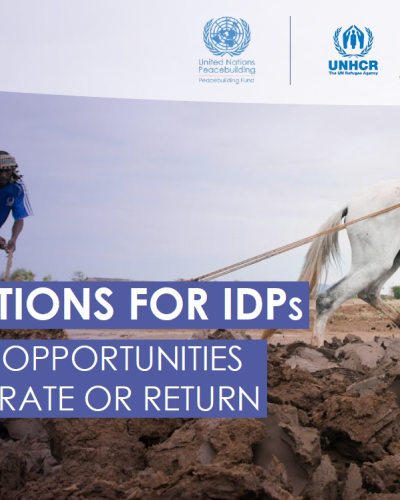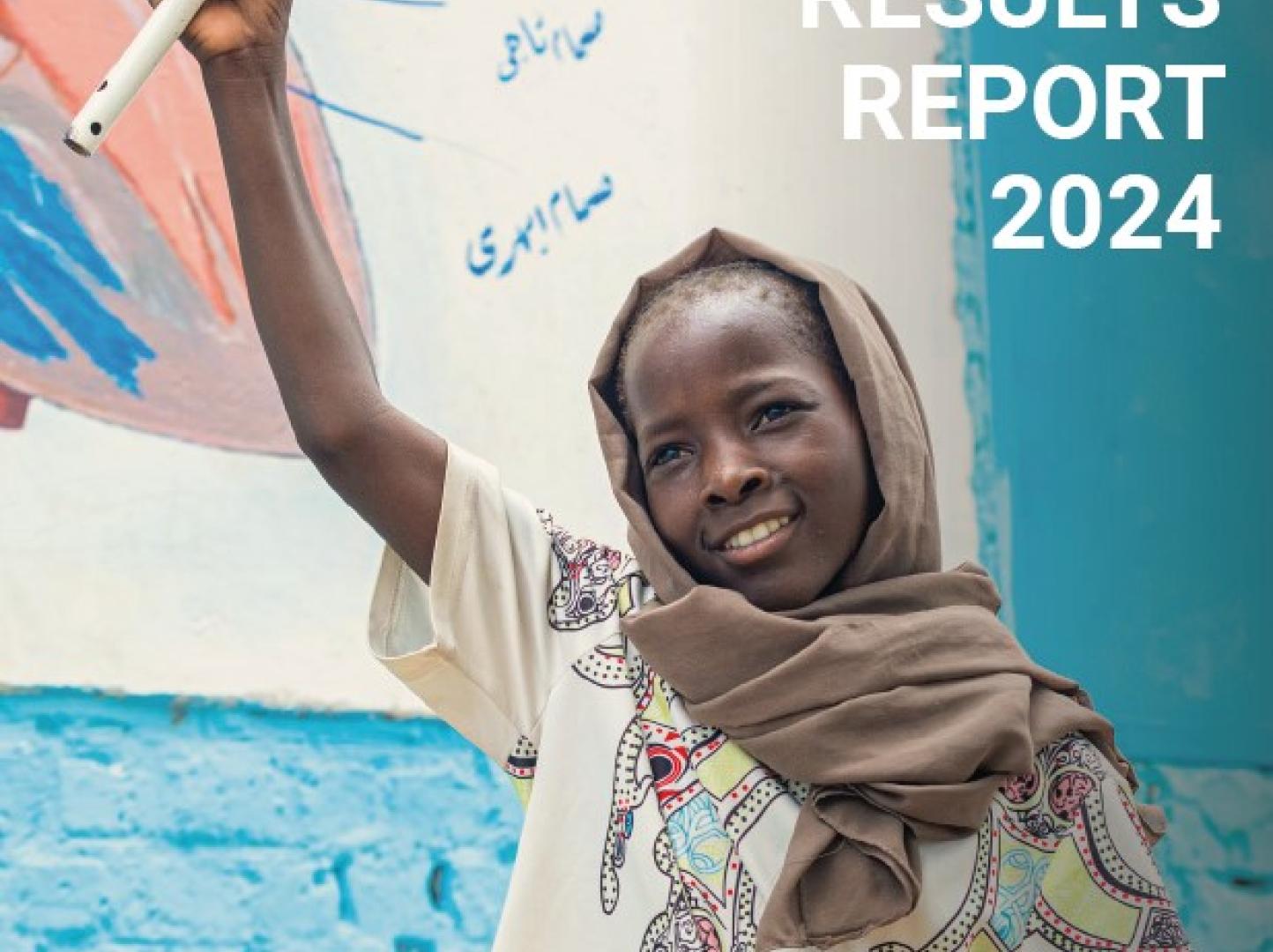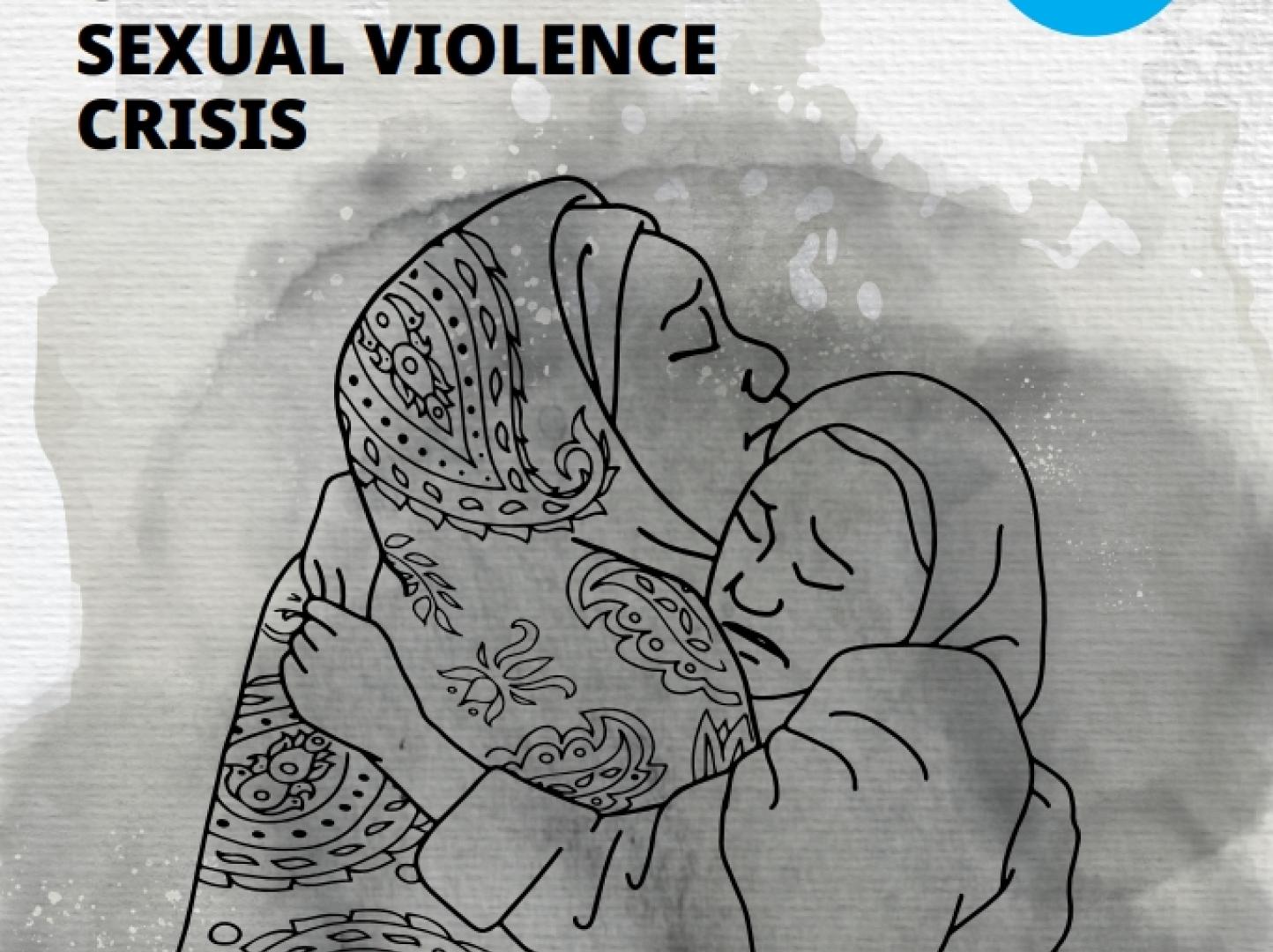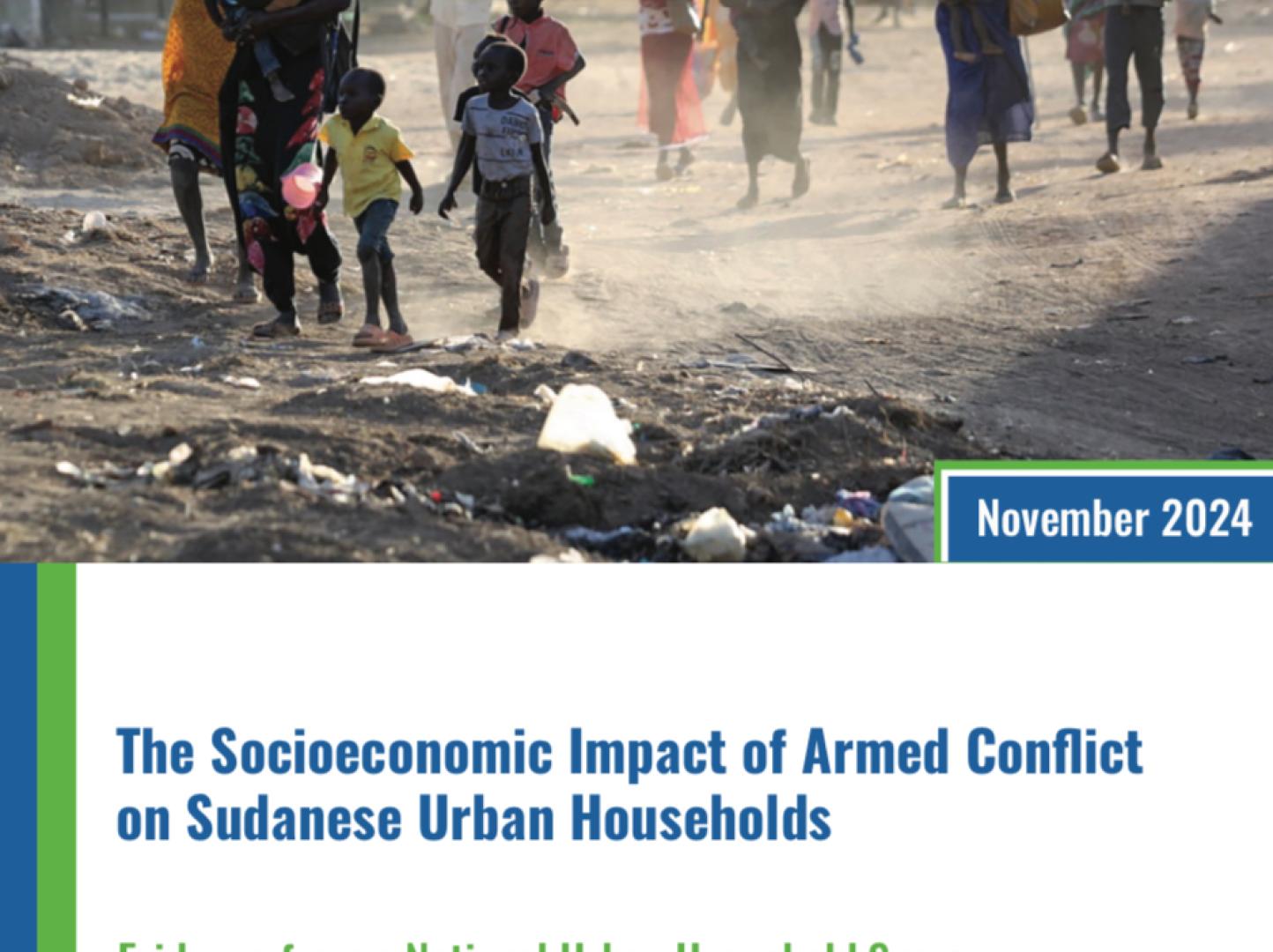DURABLE SOLUTIONS FOR IDPs - KEY BARRIERS AND OPPORTUNITIES TO LOCALLY INTEGRATE OR RETURN

A key priority necessary for lasting peace in Darfur is finding durable solutions for displaced populations and addressing the root causes of conflict.
This is a central objective of the Juba Peace Agreement (JPA) signed in 2020. Results from the eight studies in Darfur conducted under the Peacebuilding Fund (PBF) in 2020–2021 show that a majority of the internally displaced persons (IDPs) prefer to stay and integrate locally, and less than one-third prefer to return to their place of origin. The findings point to three key obstacles to local integration: the security situation, the insecure tenure of agricultural land and the food insecurity.
In all three areas, IDPs face greater challenges and are more vulnerable than their non-displaced neighbours. For IDPs who prefer to return, the main barriers are insecurity in home areas and difficulty to re-gain access to their land.
Achieving durable solutions to displacement is closely linked to resolving inter-communal conflicts, which is likely to be a longer-term process. Thus, supporting solutions to displacement requires actors to adopt more flexible or hybrid solutions while also acknowledging that IDPs require support in their current location in parallel to building conducive environments for return.




